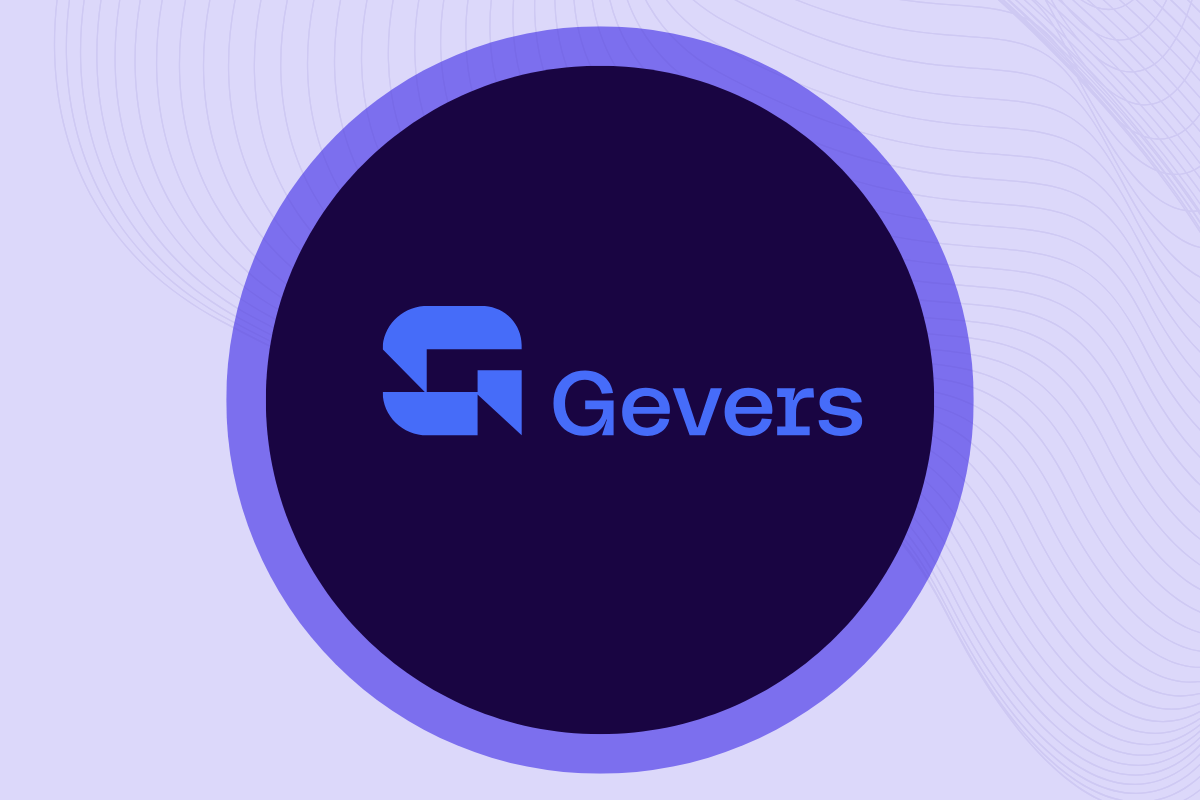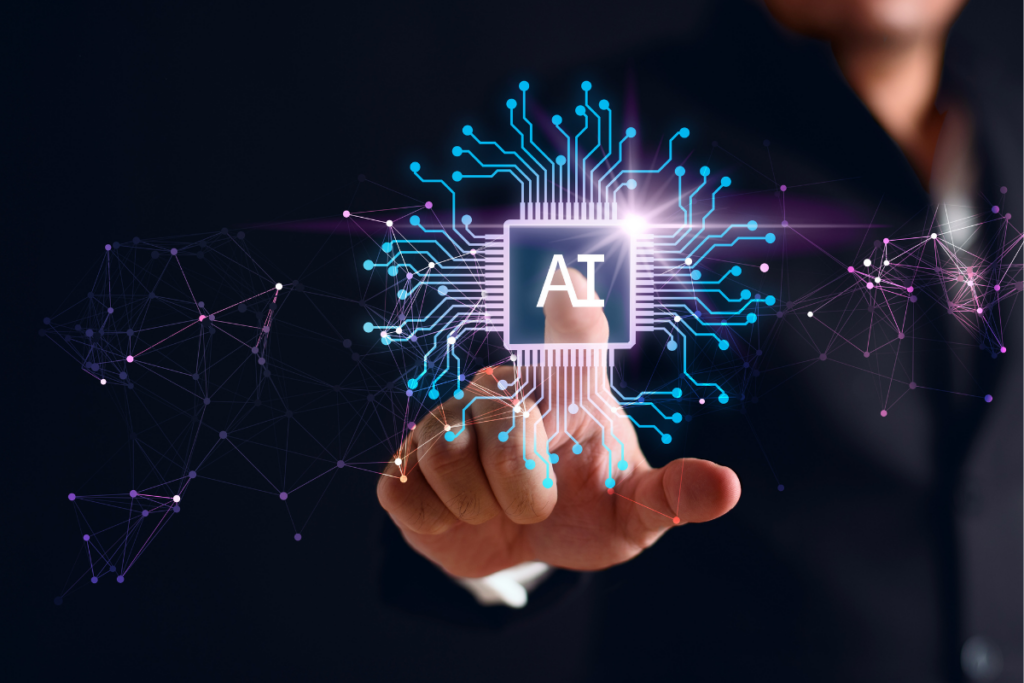The conversation around artificial intelligence (AI) in the intellectual property (IP) space is constantly evolving, and it is crucial to actively evaluate its potential. We often think of AI as a new technology because of its increased daily use and widespread media attention; however, while AI was once considered a novelty reserved for experts, it has now become a valuable tool for individuals and businesses alike, with increasing daily use and media attention.
Law firms are recognizing the potential of generative AI, an AI system capable of generating, text, images or other media in response to prompts. A recent survey reported that 82% of law firm lawyers believe generative AI can be readily applied to legal work, and 51% said generative AI should be applied to legal work.
To meet client needs and leverage AI’s usefulness in IP law, it is essential for patent attorneys and other law professionals to stay updated on AI developments. Here are three AI trends impacting the IP space that IP lawyers should monitor.
1) Increased AI Accessibility and Usefulness
One of the primary changes in AI is the emergence of democratized language models. As natural language queries and machine learning (ML) usability continues to advance, computing costs are decreasing, and AI is becoming more accessible to those without algorithm-building expertise. With more than just experts able to use AI in some capacity, this accessibility is transforming IT teams’ operations and offers flexibility in project ownership. It’s important to find ways, then, to capitalize on these changes.
Thanks to the democratization of AI and with the help of IT teams, the IP space is already utilizing AI. For patent attorneys, AI’s potential to reduce costs is extraordinary. A recent report from Goldman Sachs found almost half of current tasks in the legal profession could be replaced by AI, which could eliminate the need for humans to complete some of the most administrative and mundane work in the field. With the US Patent & Trademark Office’s (USPTO) recently proposed plan to increase patent filing costs by an average of 5%, organizations will be on the lookout for even more ways to cut costs and will likely turn to AI to continue finding similar efficiencies.
One current use case in the IP space is using generative AI to take a patent, its claims and abstract to develop a patent summarization, which aids law firms in understanding complex documents quickly, saving billable hours. From there, the space is ripe for additional opportunities as AI use cases become more sophisticated, for example, helping patent lawyers compare patent claims and create an easy-to-read summary of the differences, or even respond more effectively and rapidly to office actions. AI allows practitioners to focus on the art of IP, from analyzing patent claims more efficiently to conducting a trademark search in record time.
Because patent filings are often long, esoteric and complex, having the ability to make these usually tedious and unnecessarily time-consuming summarization tasks takes seconds rather than hours, saving billable hours. Using AI allows patent lawyers to work through patent applications faster, summarize quicker, build in responses to Office Actions from the USPTO, understand and compare competitor assets and more.
2) AI Changing the Engineer Role
One of the quite exciting and challenging emerging opportunities is code generation using AI. The prospect of AI replacing engineers, at least in whole, is likely distant, but there are tremendous opportunities to enhance the performance of engineering and quality assurance teams.
For example, at Anaqua we’ve been experimenting with AI for targeted utilization for code review, checking certain design patterns, and for some basic unit test generation. What is most exciting is the prospect of an engineer’s “AI assistant” that can provide suggestions, real-time code review and QA, and improved tools to streamline development at all phases of a project. As people think about the prospect of displacement from AI, it isn’t so much that AI will replace engineers. I believe the focus should be more on individuals’ skills. The engineers and teams who utilize AI effectively will replace engineers and teams that don’t.
3) Counteracting Potential IP Issues
One of the current challenges with the emergence of AI cloud services is data privacy and security. In addition, the market is moving so fast and new products and competitors are constantly evolving the tools that are available. Some use cases are suited to a 3rd party service solution (“public” or “private”), while others may be sensitive enough that enterprises are looking for more truly segregated services and hosting options.
At Anaqua, we are approaching this by adopting our own middleware that can be a sort of “AI Connector” – and routing or utilizing various services differently depending on the use case. This also gives us some additional flexibility in prompt engineering and controlling the user experience, making it a more common and seamless evolution. It also puts us in a position to deploy more rapidly across our own ecosystem of products.
Aggressively Evaluating AI for IP
With uncertainties surrounding AI’s future, staying updated on trends and actively evaluating AI is imperative. Utilizing AI has the potential to save time and money, providing a competitive advantage for IP professionals, which is essential in the current economic climate. If your firm or organization has yet to explore AI for intellectual property processes, now is the time to begin exploring its capabilities and how AI can help your IP teams streamline operations and save time on manual tasks. By embracing AI, IP professionals can enhance their practices, streamline operations and unlock new efficiencies.
Written by Erik Reeves, CTO, Anaqua
Further Reading




